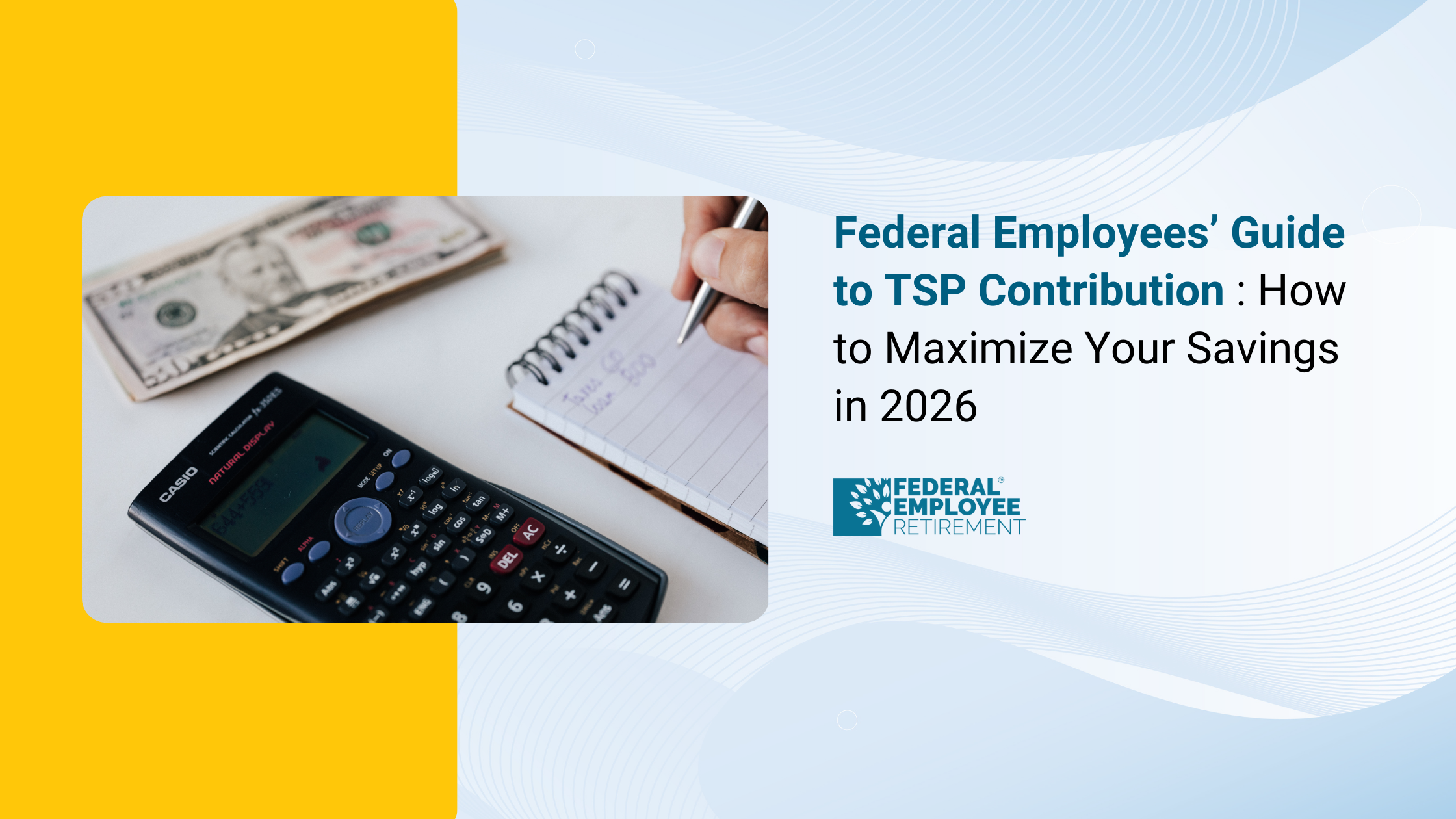You’re not alone; 4,359 federal employees booked their free review.

10 Signs It Time to Retire: Is It Your Time?
Recognising the right time to retire often depends on certain financial indicators that point to your readiness. Key signs include stable income sources, minimal debt, adequate insurance coverage, and a healthy retirement savings fund. Identifying these factors can ease your transition into retirement, ensuring peace of mind and long-term financial security.
1. Emotional Signs You Need to Retire
Recognizing emotional signs you need to retire is crucial for your well-being. If you’re feeling persistently drained, unfulfilled, or overwhelmed by work demands, it may be time to consider retirement. Chronic dissatisfaction, a lack of enthusiasm, and frequent stress are significant emotional signs indicating that retirement could be beneficial. When you find more joy and purpose outside of work and feel disconnected from your job, these feelings are strong indicators that it’s time to step away and embrace a new chapter.
2. Substantial Retirement Savings Plan
Having a robust retirement savings plan is essential. Ideally, you’ve established and consistently contributed to accounts like a 401(k), IRA, or pension, aiming to accumulate 10 to 12 times your annual income by retirement age. This should allow you to replace approximately 70-80% of your pre-retirement income. If your savings align with these targets, you may be financially prepared to retire.
3. Minimal to No Debt
Entering retirement with little to no debt is a major financial milestone. Debt can strain your retirement budget, reducing the amount you can allocate to living expenses or enjoyment. Paying off your mortgage, car loans, and other significant debts ensures that your retirement income is directed toward your lifestyle and future needs rather than servicing debt.
4. Diversified Investment Portfolio

A well-diversified investment portfolio helps safeguard your savings from market volatility and can provide consistent returns over time. By spreading your investments across asset classes like stocks, bonds, and real estate, and regularly rebalancing to maintain the desired allocation, you reduce risk and improve your financial resilience. Meeting with your financial advisor regularly can ensure that your portfolio aligns with your goals and risk tolerance.
5. Well-Defined Withdrawal Strategy
A thoughtful withdrawal strategy allows you to use your retirement savings in a tax-efficient and sustainable manner. The safe withdrawal rate is often used as a guideline, helping you determine the percentage of your portfolio you can withdraw annually without risking depletion of funds. Tailoring your withdrawal plan to account for taxes, inflation, and market fluctuations, and adjusting it over time as needed, is essential for maintaining financial security throughout retirement.
Also read: 2025 gs pay scale increase
6. You're Prepared with a Solution for Inflation
Inflation can erode the value of your retirement savings over time. If you have a well-thought-out plan in place to combat inflation and ensure your savings will last throughout your retirement years, it's a strong indicator that you're ready to retire.
7. Clear Retirement Vision
Having a clear vision of what you want your retirement to look like is essential. If you can envision how you'll spend your days, what activities you'll pursue, and the kind of lifestyle you desire, it shows that you've put thought into your retirement and are mentally prepared for this new chapter.
8. Multiple Sources of Income
Relying solely on Social Security can leave retirees financially vulnerable. Having additional income sources, such as a pension, rental income, or even part-time work, diversifies your cash flow and provides greater financial stability. Multiple income streams lessen your reliance on any single source, enhancing your ability to handle unexpected expenses and maintain your lifestyle.
9. You Have Health Insurance
Health insurance is a vital aspect of retirement planning, as healthcare costs can be significant. If you have comprehensive health insurance, whether through Medicare, a supplemental policy, or a spouse’s plan, you’re better prepared for retirement.
Having adequate coverage helps protect against unexpected medical expenses, reducing financial strain and supporting a smoother transition into retirement. Ensuring you have this coverage is a key step in confirming your readiness for this new phase of life.
10. Understanding Social Security Benefits
Knowing how Social Security benefits work—and when to claim them—is a critical component of retirement planning. Claiming benefits before your full retirement age (66-67 for most people) can reduce monthly payments while delaying them until age 70 can increase payments by about 8% per year. Maximising your Social Security income by strategically planning when to start benefits can significantly impact your retirement income.
Meet with a Federal Retirement Advisor Specializing in Finance, Wealth, and Federal Retirement Planning
Your retirement journey is unique, and it deserves a personalised plan that grows and adapts with you. The advisors we connect you with understand that your financial life goes beyond numbers—it’s about building a secure and fulfilling future. Don’t just retire—retire with confidence.
Schedule a FREE CONSULTATION today to start planning for the retirement you deserve.
Our Federal
Take Control of Your Retirement Planning
To help you accurately assess your retirement readiness, consider using these online calculators:

- FERS Retirement Calculator: If you're a federal employee, this tool can estimate your pension benefits.
- TSP Calculator: For those with a Thrift Savings Plan, use this calculator to estimate your account growth.
By utilizing these calculators, you can gain valuable insights into your financial situation and make informed decisions about your retirement plans.
Conclusion:
Deciding when it’s time to retire is a personal decision that requires careful thought, but recognising the 10 signs it’s time to retire can be a helpful guide. Emotional readiness, such as feeling a decline in job motivation and searching for greater fulfilment, often signals that retirement may be near. If loved ones are expressing their concerns, you have multiple income streams, a plan to manage inflation, and a clear vision for your retirement, these are strong indicators. A well-balanced retirement plan and a supportive social network are also essential for a successful transition. Ultimately, the decision to retire should be based on a combination of emotional readiness, financial security, and personal aspirations for this new phase of life.


Get Updated
Subscribe to our weekly updates for the latest on retirement planning, federal benefits, exclusive webinars, and more!
Download Federal Retirement: Step-by-step Checklist
This comprehensive guide will help you understand your federal benefits, optimize your savings, and plan for a comfortable future.



.png)








